Who
Cara Klemm, 31 of Brillion, Wisconsin, was killed in a collision while driving what appears to have been a red 2009-2014 Volkswagen Jetta SportWagen.
The collision occurred with an unnamed male driver from Gillett who was driving a dump truck on Thursday, April 6th, 2017 at around 10 AM. The collision occurred at the intersection of Highway32/ 57 and Country Road Z / Hill Road in Holland in Brown County, Wisconsin. Cara died at the scene. The dump truck driver survived and was treated at the scene for minor injuries. Cara’s 3 children, Wyatt, 6; Wesley, 4; and Wesley, 1 also survived with mild injuries. Aside from her children, Cara is survived by her husband, the father of the three boys.
How
Per reports from ABC 2 WBAY, Cara was eastbound on County Z and did not stop at a stop sign. The Jetta was hit in the front by a southbound dump truck described by the Brown County Sheriff’s office as “fully loaded”; the crash appears to have occurred at the intersection.
Per Lt. John Bain from the Sheriff’s Office, neither alcohol nor drugs appeared to be factors in the crash. Cara died at the scene while her sons, who were in car seats, were mildly injured. The dump truck driver was treated at the scene. An image of the vehicle in storage after the crash is available here while video of the vehicle is available here. Investigators later stated she had no chance of survival due to the primary impact occurring just forward of the driver’s seat. However, they noted that the three car seats in the back seat were virtually untouched. Captain Dan Sanberg, one of the first responders from the Brown County Sheriff’s Office described the seats as age appropriate and credited them with helping hte children survive with minor injuries. Per Kimberly Hess from the Center for Childhood Safety’s description, the 1-year old was rear-facing.
After the crash, Cara’s husband, Teddy Klemm, credited his wife’s proper use of car seats for saving their sons’ lives. He then went on to plead with other parents to properly restrain their children in car seats whenever they traveled. He noted how he was always lazy and would simply let her strap them in, but how she would always make sure seats were anchored with tightly strapped harnesses. Teddy noted that Wyatt had two black eyes likely from hitting the front vehicle seat with his face, but did not have additional injuries. Wesley, who was sitting behind his mother in a high-back booster, apparently received a slight cut above his eye. Wiley received a few scratches on the top of his head, but was otherwise perfectly fine.
“It was kind of hard to hear from him that he was checking her over and pushing on her and opening her eyes and all that stuff to say, come on, mom wake up, and she didn’t,” says Teddy.
…
“Be more comprehensive, because I’m telling you, I would never in a million years expected this to ever happen, and it can, and it did,” he says.
…
“You share your life together and you think you’re going to grow old together to watch your kids grow up and be good wholesome adults someday by all of your labors, and something like this comes along and just throws it all upside down,” said Teddy Klemm.
Why
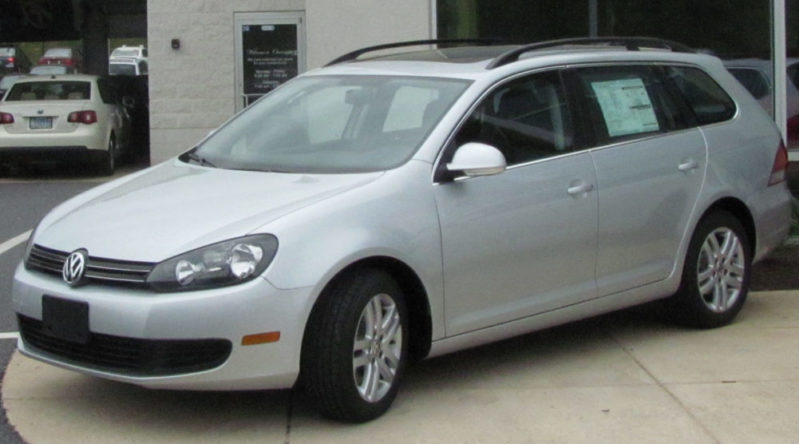
This is yet another senseless tragedy on our bloodbath of a road network. Reviewing the facts as presented, it seems clear that Cara was responsible for the collision. We don’t know how she was distracted (e.g., a phone, fatigue, daydreaming, talking to her children), but we can analyze the crash and the larger context of the tragedy.
The Jetta SportWagen
The ’09-’14 Jetta SportWagen is one of the safest cars on the road, and one of the best vehicles you could ask to be in before an imminent side impact. It received a “good” score overall and in all subcategories in the IIHS side impact test as well as a 5 star NHTSA side score. The side impact intrusion resistance as measured by the IIHS clocked in at 15.5 cm, which is one of the best side impact scores you can get in a station wagon even in 2017. It was a good vehicle.
If this sounds familiar, it’s because it’s exactly what I wrote when describing a similar crash from this past summer involving a young mother, a station wagon, rural roads, and a side impact while she drove with her 3 children. However, in that crash, which also involved one of the safest vehicles of the road, the mother (who was pregnant) and her 3 sons died. So what made the difference?
As in that case, the Jetta SportWagen was designed to handle 143.7KJ of kinetic energy in a side impact collision safely. In my experience calculating forces, individuals tend to survive up to 200% of designed force tolerances in their vehicles. Above that, however, survival odds drop significantly; I’d estimate the survival rate at 300% of expected forces drops to somewhere around 33%. Around how many KJ of energy did the dump truck transfer?
I’ve written about dump truck crashes before (e.g., here and here). The results are very frequently fatal, simply due to the massive amounts of kinetic energy carried by even empty dump trucks. A fully loaded truck can weigh 60,000 pounds or more. Using that as a baseline estimate and given the likely speeds of the collision (given the road design, I’d estimate 55 mph), the collision likely impacted at least 8.23 MJ (8,226 KJ) of energy into the dump truck / SportWagen. That would ordinarily be a fatal amount of energy for the SportWagen (or any passenger vehicle) to handle, especially when keeping in mind that the standard side impact test simulates 143KJ of energy (a 3300-lb sled impacting a vehicle at 31 mph). So if the SportWagen faced 5752%, or 57x the force it was designed to make survivable, how did anyone in it survive?
While it would be easy to give credit to the car seats, we do need to be realistic. Orphan seats they were; immortal seats they are not. Children do still die in rear-facing car seats; it’s just far less common due to how incredibly protective they are since they work with physics instead of against it. In this case, an examination of the photos and videos of the post-crash SportWagen provide the likely answers. It appears the car was impacted directly ahead of the driver door; this likely spun the vehicle severely and pushed it far away. It likely didn’t roll it, as evidenced by the virtually pristine right side of the vehicle (visible in the video above).
However, the forces of the dump truck were likely absorbed by the engine bay and the motion of the vehicle, with the most dangerous impact occurring away from the back seat area where the boys were stationed. Cara likely perished due to her proximity to the epicenter, while the boys survived due to being well restrained far from the impact, relatively speaking. It’s not the best explanation, but it’s the best I can come up with after reviewing this and similar cases in the past. Had the point of impact occurred directly at the driver’s door or any farther toward the rear of the vehicle, all three boys would likely have perished, as was the case in the tragedy I referenced above involving Lindsey and her boys.
Vision Zero
As usual, though, as tempting as it is to look at this as one more case study of personal responsibility, we mustn’t start and stop by shaking our heads at the fact that Cara Klemm didn’t stop at the stop sign at the intersection. Why she didn’t stop doesn’t matter very much if our goal is to eliminate all car deaths, as we’ll never reach a point where every driver is paying attention 100% of the time. I certainly don’t, and I don’t believe there is another living being who does. I’ve just been lucky not to have not being paying attention when my life depended on it. A better approach is to look toward best practices–i.e., Vision Zero principles–so see how such a collision could have been either avoided or mitigated. And best practices here indicate, as they did in the Schmidt case, that a road such as that which enabled this collision should never have existed.
Once again, VZ principles forbid speed limits above 50 kph (31mph) at intersections where the potential for side impacts exist. Now, given the fact that the vehicle that hit the SportWagen weighed up to 20x more than a typical passenger vehicle, it’s entirely possible the SportWagen would not have been able to protect Cara anyway. In fact, a 60,000 lb truck would still have delivered 2.45MJ at 30 mph, a life-ending amount of force. However, given the fact that Cara’s sons survived the crash which involved forces 3x higher, it’s entirely possible that Cara might have survived had the forces been 3x lower. Remember, it wasn’t a direct hit to the occupant cabin of the SportWagen–had that been the case, everyone in the vehicle would have died. And as much of an advocate as I am for proper car seat use, I don’t believe even rear-facing all 3 children would have kept them alive from a direct hit by a dump truck at speed. But the lower the speeds of all vehicles involved in a given collision, the wider the window of survivability opens.
In this case, it didn’t open enough for Cara. But the fact that her sons survived meant that something in this crash was survivable, and had the intersection’s speeds been governed by best practices, it’s possible she might have lived.
 If you find my information on best practices in car and car seat safety helpful, you can do your shopping through this Amazon link. Canadians can shop here for Canadian purchases. Have a question or want to discuss best practices? Join us in the forums!
If you find my information on best practices in car and car seat safety helpful, you can do your shopping through this Amazon link. Canadians can shop here for Canadian purchases. Have a question or want to discuss best practices? Join us in the forums!





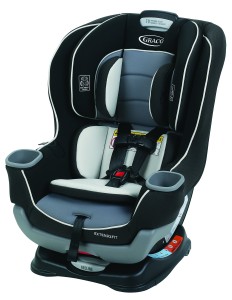



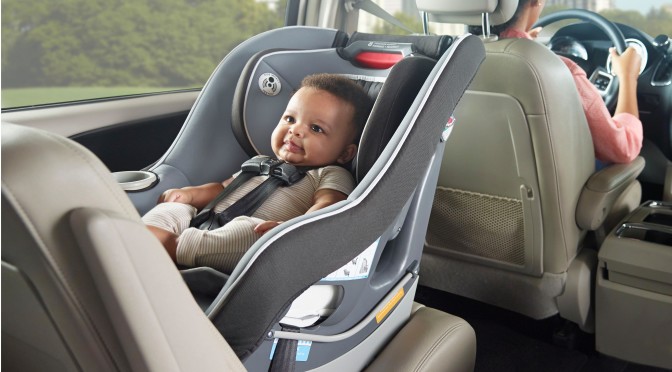
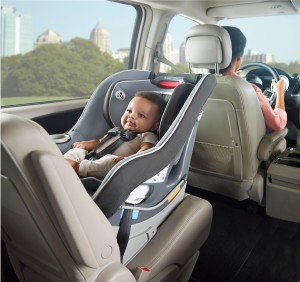
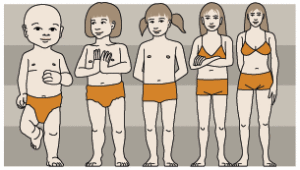 Look at the image on the left from the kind folks at
Look at the image on the left from the kind folks at 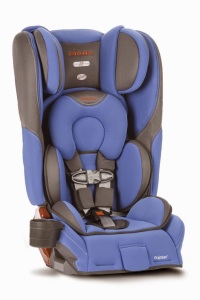

 Who:
Who: 
 Who:
Who: